Generators supply helper electric power amid blackouts of power supply from the nearby power appropriation organization. This is finished by utilizing input mechanical vitality to start ignition of fuel and changing over the vitality discharged to electrical vitality. If you don’t mind read this article for more data on how a generator makes power. In the event that no fuel is accessible to the generator amid power blackouts then the motivation behind the generator is lost.
Subsequently it is fundamental to store fuel with the goal that such a consequence does not emerge. The fuel is put away in uniquely composed fuel tanks. A few elements should be considered while choosing and introducing the proper generator fuel tank.
Deciding the Fuel Tank Capacity
You will first need to decide how much fuel you have to store as this will decide the limit of your fuel tank. Figure the base stockpiling limit by first assessing the accompanying three parameters.
- Emergency Stock: How much fuel would you require to take into consideration delays in provisions or inordinate utilization needs?
- Lead-Time for Supply: What is the lead-time required to buy fuel from the seller to the generator site?
- Lead-Time Stock: How much fuel would you require to work your generator amid the lead-time?
In view of the over three parameters, the base stockpiling necessity is resolved as –
Least stockpiling limit = Emergency Stock + Lead-time Stock
What level of fuel stockpiling limit is most appropriate for you?
On account of power blackouts that are rare or of brief spans, a littler stockpiling tank would get the job done for your fuel necessities. Be that as it may, you should buy fuel all the more much of the time in littler parts to refill your tank. While you acquire low starting ventures (capital expenses) in setting up your capacity tank and low support costs, the per unit conveyance cost of fuel would be higher.
Huge capacity tanks are required when the generator is utilized to help expansive business foundations or where power blackouts are successive and keep going for drawn out stretches of time. For this situation, you can buy the fuel less every now and again and in bigger parcels. Be that as it may, you will cause higher beginning consumption (capital expenses) in setting up your capacity tank. The upkeep expenses will likewise be high over the long haul. Then again, the per unit conveyance cost of fuel is decreased since you can arrange huge amounts of fuel to be conveyed in one go. Be that as it may, you will likewise need to represent the concealed expenses emerging from the perils of putting away a bigger amount of fuel.
Before concluding the capacity limit it is basic to settle the agreement for the supply of fuel with the seller. The seller’s ability to supply the required amount at the required frequency ought to be evaluated and punishments for default ought to be fused in the agreement.
Sorts of Fuel Tanks
Generator fuel tanks are more often than not of three sorts –
- Sub base tanks
- Underground stockpiling tanks
- Above ground stockpiling tanks
Sub Base Tanks
In the event that you have to store under 1,000 gallons of fuel, you would require sub base tanks. As the name proposes, sub base tanks are intended to fit over the ground however underneath the base of the generator set.
Sub base tanks are rectangular in cross segment and are twofold walled tanks. This forestalls spillage of fuel if there should be an occurrence of spillage. The two tanks ought to be built utilizing substantial check welded steel. A few channeling and fittings are joined to the essential tank, the critical ones being fuel supply and return, air vent, crisis weight alleviation valve and high and low level fuel cautions. The tank fill framework must be outlined with the end goal that there is no spillage amid filling and the channel valve naturally closes when the tank is 95% full. After establishment the essential tank is tried at 5 psig and the optional tank is tried at 3 psig.
Underground Storage Tanks
In the event that you have to store in excess of 1,000 gallons of fuel, you can settle on underground stockpiling tanks or over the ground stockpiling tanks. Underground stockpiling tanks are all the more exorbitant to introduce yet have a more drawn out life since they are protected from the earth. Underground stockpiling tanks can be built from fiberglass-strengthened plastic. Such tanks are normally ribbed to give auxiliary quality. On the other hand, underground stockpiling tanks can be created from steel however with fitting cathodic assurance against erosion from ground water. Similarly, funneling from the underground stockpiling tank to the generator can be of fiberglass-fortified plastic or cathodically secured steel.

Spillages and spillages in underground stockpiling tank frameworks can be exorbitant and hard to redress. Such frameworks must be fitted with overload and spill avoidance gear and methodology. In the most dire outcome imaginable, the establishment of underground stockpiling tanks ought to be with the end goal that spills or spillages of fuel are contained to a restricted zone. Subsequently, the underground zone is encompassed by solid floor and dividers. After the underground stockpiling tanks are introduced inside this territory, the outside locale is pressed with sand and rock.
Over the Ground Storage Tanks
As the name recommends these tanks are introduced over the ground. While these are comparable in development to underground stockpiling tanks, there is a considerable measure of contrast in the establishment methods of the two sorts of fuel stockpiling tanks. This is because of the diverse variables that should be considered for limiting the perils. Over the ground stockpiling tanks represent a fire danger with the danger of flame spreading to different offices in the region. Thusly these tanks must be introduced at the very least determined separation from different offices. Keeping in mind the end goal to contain spills and spillages embankments must be worked around over the ground stockpiling tanks. The free volume encased by the barriers ought to for the most part be 110% of the volume of the tanks. Over the ground stockpiling tanks additionally should be protected from climate conditions by reasonable defensive structures.
Endorsements and Codes
Generator fuel tanks and the going with funneling frameworks require pre-endorsement before establishment. This is a prerequisite for industrial endeavors as well as for fuel tanks utilized for household or business utilize. Just tanks of little limits might be excluded from endorsements. You are required to present a proposition to the State Fire Marshall. The subtle elements that must be outfitted incorporate assembling illustrations, item information sheets for all parts bought furthermore, proposed controls and wiring outline, proposed funneling design and producers’ establishment guidelines.
A few codes should be taken after amid the assembling and establishment of generator fuel tanks. The essential code in the US is the National Fire Protection Association Codes and Standards (NFPA). The applicable areas of the NFPA for generator fuel tanks are NFPA30 and NFPA37. The Code of Federal Regulations Title 40 Section 112 manages spill aversion from generator fuel tank.
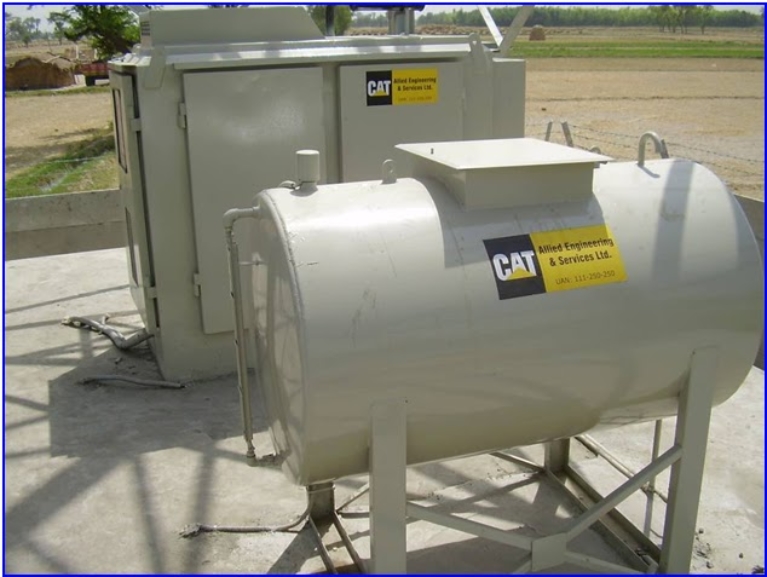


![Commercial Generators Buying Guide 2024 [By Generator Specialist]](https://www.midamericaengine.com/wp-content/uploads/2016/07/Another-Commercial-Power-Project-Completed-500x383.jpg)
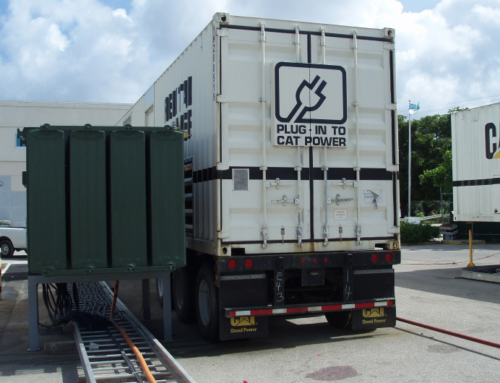
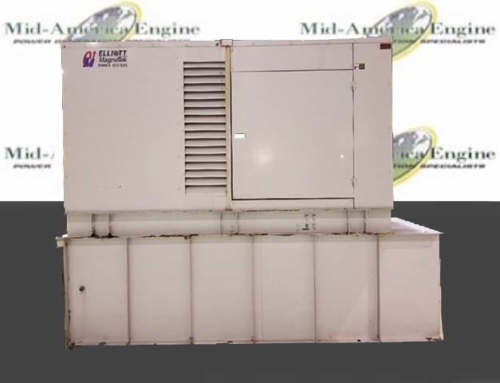
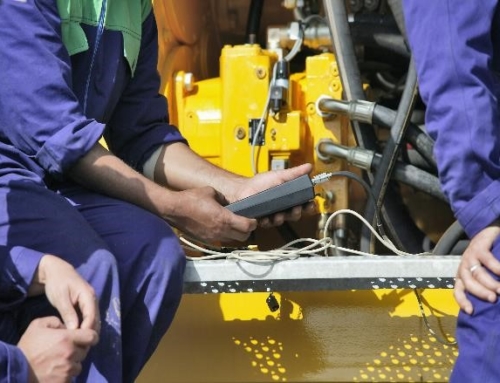
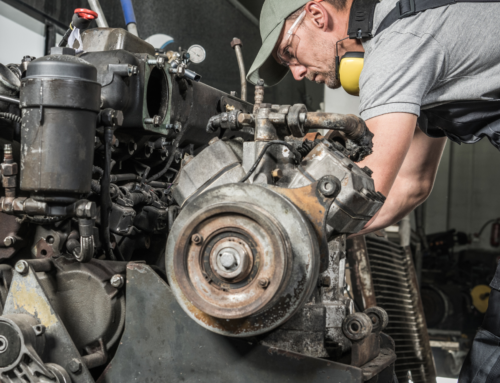



![Commercial Generators Buying Guide 2024 [By Generator Specialist] 10 Commercial Generator](https://www.midamericaengine.com/wp-content/uploads/2016/07/Another-Commercial-Power-Project-Completed-66x66.jpg)
![Natural Gas Generators Buying Guide 2024 [By Generator Specialist] 11 natural gas generators](https://www.midamericaengine.com/wp-content/uploads/2018/09/IMG_8223.JPG-66x66.jpeg)

Leave A Comment